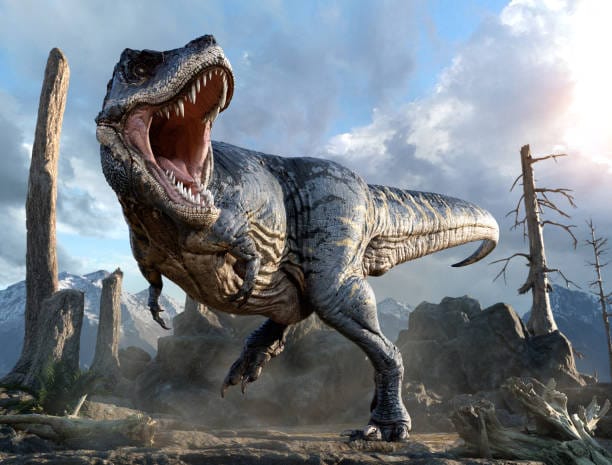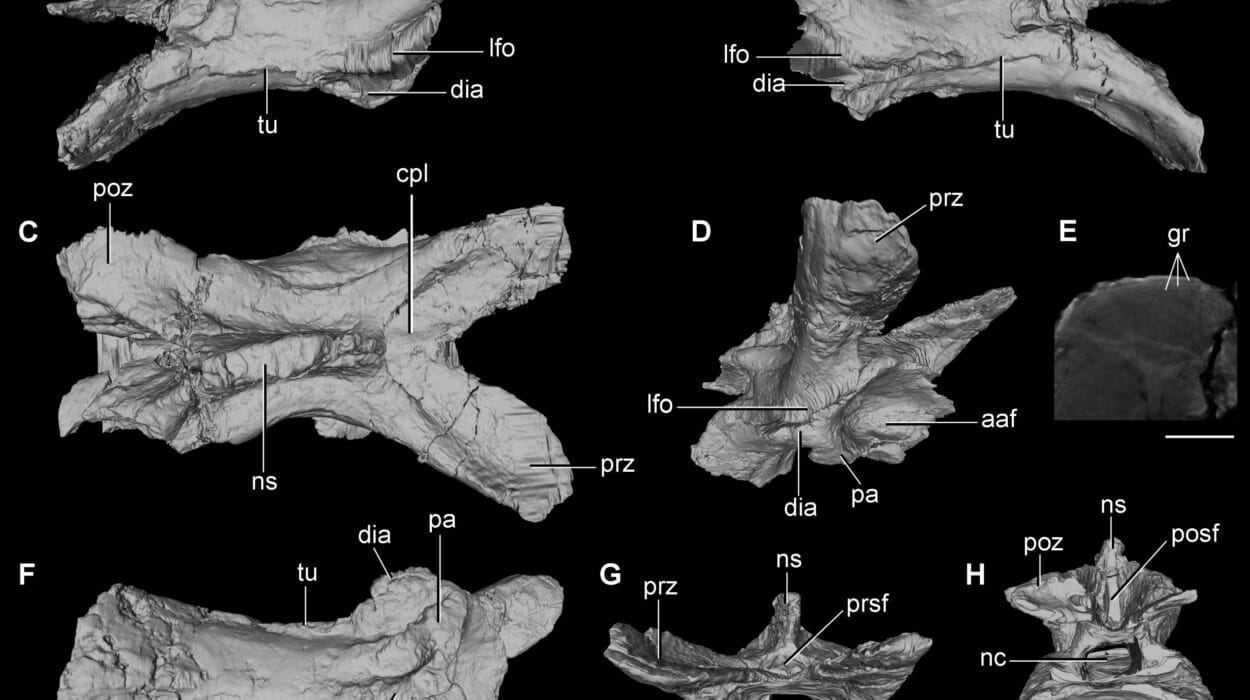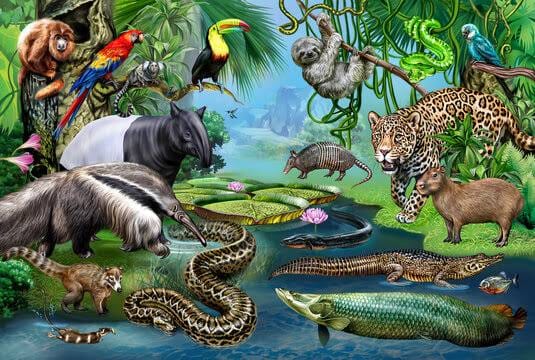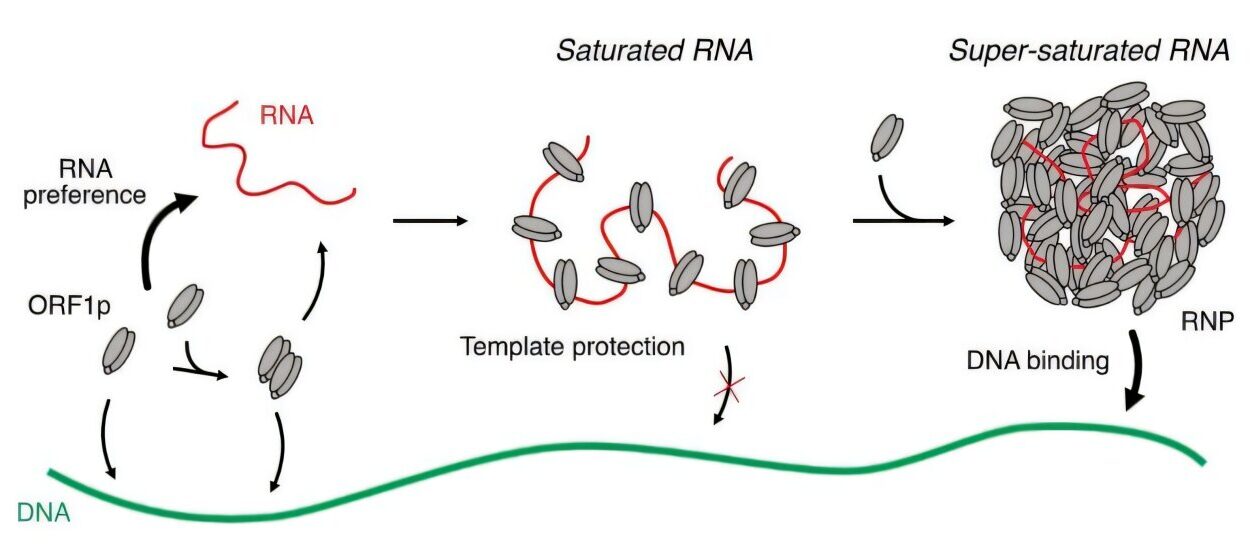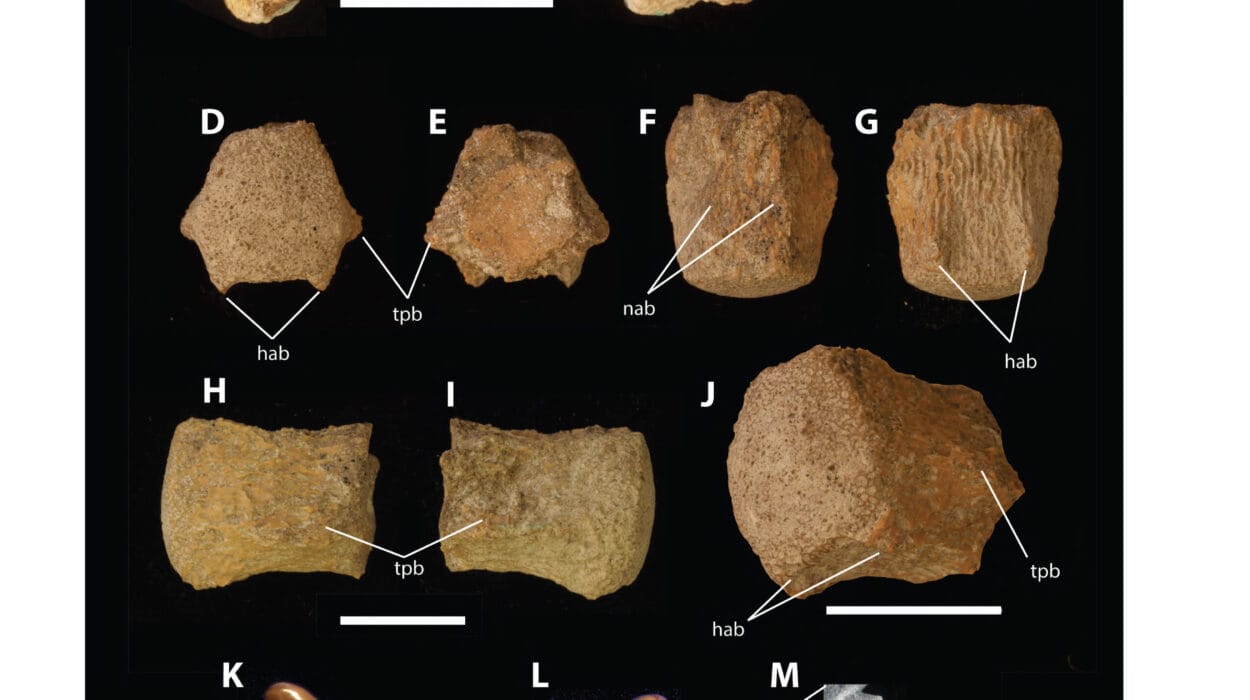Somewhere beneath the layers of ancient earth, among the crumbling cliffs and sun-baked badlands, a silent mystery sleeps. A femur the size of a refrigerator juts out from the rock like a secret waiting to be told. It’s not just bone. It’s history. It’s science. It’s art. And one day soon, it will need a name.
To name a dinosaur fossil is to breathe new life into something that has been dead for millions of years. It is not merely a scientific procedure—it is a ritual. A way of connecting the present with the prehistoric, of anchoring deep time to human language. But how exactly does it work? How do paleontologists decide what to call a creature that has not walked the Earth since before there were continents as we know them?
This is not just a question of taxonomy. It is a story about discovery, about triumph, about fierce debates and sudden inspirations. It’s about honoring the landscapes where fossils are found, the people who unearth them, the traits that distinguish them, and sometimes, the sheer poetry of the unknown.
Digging Into the Past: The Discovery
Before we can name a dinosaur, we must first find it. That moment of discovery is rarely dramatic—a hiker notices a strange bump on a trail, a researcher catches the glint of mineralized bone beneath a slope, or an experienced fossil hunter recognizes the texture of fossil embedded in sediment.
What follows is careful, deliberate work. Fossils must be excavated with brushes, chisels, and patience. Even a single vertebra, if preserved well, can hold the clues to something new. And when that happens—when a paleontologist realizes they’re not just holding a bone but a chapter of evolution yet unread—then the wheels of nomenclature begin to turn.
But not every fossil finds its way to a name. Most belong to known species, parts of a bigger puzzle. To merit a name, a fossil must be unique. It must reveal anatomical features never before documented in the fossil record. It must defy categorization within the vast family tree of extinct reptiles.
When a fossil appears to be genuinely novel, it must be described, catalogued, and—if all goes well—formally introduced to science.
Scientific Naming: The Rules of the Game
In naming a dinosaur, paleontologists adhere to the conventions of binomial nomenclature, the same system used to name all organisms. This naming protocol was developed in the 18th century by Swedish botanist Carl Linnaeus and is still governed today by the International Code of Zoological Nomenclature (ICZN).
The name consists of two parts: the genus and the species.
The genus is like a surname, grouping together closely related creatures. Think of Tyrannosaurus—a genus that includes several species, the most famous being Tyrannosaurus rex.
The species name, or specific epithet, distinguishes the individual species within that genus. It can refer to the fossil’s location, a unique feature, the person who found it, or something symbolic or poetic.
Once the name is proposed, it must be backed by a formal description, published in a peer-reviewed scientific journal. This description includes detailed anatomical comparisons, photographs, measurements, and ideally, a clear explanation of what makes the species distinct.
Importantly, the fossil that anchors this name—the one used to define the new species—is known as the holotype. It becomes the reference point for future comparisons and taxonomic discussions.
And from that point on, a new dinosaur enters the scientific lexicon.
The Roots of Dinosaur Names
Dinosaur names are not arbitrary. They are stories encoded in Latin and Greek. These roots give the names a sense of antiquity and universality across languages. But they are also chosen for meaning—sometimes literal, sometimes metaphorical.
Take Triceratops, for instance. Its name comes from the Greek words tri- (three), keras (horn), and ops (face)—the “three-horned face.” It’s not hard to guess why.
Or Stegosaurus, the “roof lizard,” named for the plates along its back that early paleontologists mistook for roof tiles.
Sometimes the names honor the location of the fossil’s discovery. Argentinosaurus was found in Argentina. Utahraptor—you guessed it—was discovered in Utah.
Other times, names reflect the creature’s traits. Velociraptor means “swift thief.” Ankylosaurus translates to “fused lizard,” referencing the creature’s armored body.
Still others bear the names of the people who brought them to light. Dracorex hogwartsia, a dome-headed dinosaur discovered in South Dakota, nods to J.K. Rowling’s wizarding school—a rare case where pop culture influenced scientific naming.
In all these cases, the name becomes a bridge: a way to connect cold stone to imagination, data to poetry.
Misunderstandings, Mistakes, and Mythology
Not all dinosaur names age gracefully. Sometimes, early interpretations of fossils turn out to be wrong, leading to names that no longer match the animal’s actual characteristics.
For example, Oviraptor means “egg thief,” named in the 1920s when a skeleton was found near a clutch of eggs thought to belong to another species. Decades later, paleontologists realized the eggs likely belonged to Oviraptor itself—it wasn’t stealing them; it was brooding them. But by then, the name had stuck.
Other names fall prey to duplications or overzealous naming. In the 19th century, during the so-called “Bone Wars” between rival paleontologists Othniel Charles Marsh and Edward Drinker Cope, dozens of species were named in haste—many based on fragmentary or redundant material. As a result, some dinosaurs were later determined to be the same species under different names.
When this happens, the ICZN rules specify that the first published name takes precedence—a rule known as the “principle of priority.” The later names become junior synonyms, often falling into obscurity, though sometimes they cling to the popular imagination.
The famous Brontosaurus, for example, was declared a redundant name in the early 20th century—subsumed under Apatosaurus. Yet the name “Brontosaurus” never quite died. In fact, recent studies have proposed that Brontosaurus may be valid after all, reviving a long-standing debate and demonstrating how even in taxonomy, science evolves.
A Matter of Language, Culture, and Identity
Naming dinosaurs is not only about anatomy and etymology—it is also about power, culture, and identity. For much of paleontological history, Western scientists have dominated the naming process, often assigning Latinized names to fossils found in lands with deep indigenous histories.
This trend has begun to shift. Increasingly, paleontologists are seeking to honor local languages, cultures, and communities in naming new species. In Mongolia, fossils once named with Russian or English terms are now being given Mongolian names. In South America, Quechua and Mapuche words are appearing in taxonomic literature. In Africa, Bantu and Swahili roots are being recognized.
This movement reflects a growing awareness that naming is not a neutral act. It is a form of narrative control. By including local voices, paleontologists are acknowledging that these fossils belong not only to science, but to the landscapes and peoples where they are found.
The Emotional Weight of a Name
Naming a dinosaur is not just a professional achievement—it can be deeply personal. For paleontologists who spend years working on a single specimen, giving it a name is a moment of profound connection. It’s like naming a child, a work of art, or a dream brought into being.
Consider Maiasaura, named by Jack Horner and Robert Makela in 1979. The name means “good mother lizard” and was inspired by the discovery of a nesting site in Montana where fossilized juveniles were found alongside adults. This discovery upended the notion of dinosaurs as neglectful reptiles and revealed parental care among hadrosaurs. The name didn’t just label a species—it told a story that reshaped our understanding of dinosaur behavior.
Or take Zhenyuanlong suni, a feathered dromaeosaurid named in China in honor of Zhenyuan Sun, who helped secure the fossil for research. Its name doesn’t just mark discovery—it honors the collaboration that made it possible.
In some cases, names reflect tribute or grief. The dinosaur Sarahsaurus was named after Sarah Butler, the late wife of a benefactor whose support made the research possible. In this way, the fossil becomes not only a scientific specimen but a memorial.
Naming in the Digital Age
Today, dinosaur names are announced not just in journals but across social media, press releases, and online databases. The moment a new species is named, it is instantly shared with the world. Museums compete to display holotypes. Science communicators translate technical descriptions into viral headlines. Children draw pictures of creatures they’ve never seen, whose names they can barely pronounce.
Yet the process remains rigorous. Naming a species still requires peer-reviewed publication, complete with diagnostic features, etymology, and illustrations. The ICZN has adapted to the digital age by allowing online-only publications, provided they meet strict criteria.
But challenges persist. Digital piracy of fossil data, disputes over naming rights, and commercial fossil sales all raise ethical questions. Who has the right to name a dinosaur? Is it the discoverer, the institution, the country of origin, or the global scientific community?
These questions don’t always have easy answers. But they reflect the complexity of science as a human endeavor—an enterprise shaped by history, culture, and conscience.
From Stone to Story
In the end, to name a dinosaur is to tell a story. A story millions of years in the making, one that begins in volcanic ash and sediment, winds through erosion and tectonic shift, and finally surfaces in the hands of a human being who looks at a fossil and sees more than just bone—they see potential.
Every dinosaur name is a fossil in itself, a linguistic trace of the moment discovery met understanding. It encodes place, time, imagination, and hope. It is a human response to the vast indifference of deep time, a way of saying: we were here, and we noticed.
From Tyrannosaurus rex, the “king of the tyrant lizards,” to the humble Minmi paravertebra, named for a cattle station in Queensland, each name is a light flickering across the gulf of eons. Some blaze brightly in textbooks and museums. Others glow quietly in journals and databases. But all of them matter.
Conclusion: The Name That Outlives Us
One day, long after we are gone, someone may unearth our bones. They may not understand our languages or customs. They may know little of our stories. But if they find the fossilized remains of a creature we once named, they will still hear our voice.
In the act of naming, we offer a fragment of our humanity—our curiosity, our awe, our reverence for life and time. We write our names into the stone not because we seek immortality, but because we love the mystery of life so much that we cannot help but try to name it.
And so we do.
